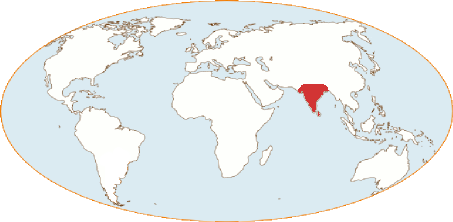The collapse of the Indus cities around 1750-1500 BC.
The decline of the Indus Cultures begins around 1750 BC, seemingly as a result of a bioclimatic crisis affecting the whole valley: drought, depletion of the soils and natural resources in the region (excessive land clearing?), social crisis, etc.[1].
This collapse is not caused by Indo-Iranian speakers from Central Asia, as had been imagined until recently. The Ârya tribes (in the sense of the Vedic texts) only reached the north-western fringe of the subcontinent 150 years after the disappearance of the great Indus city-states. These tribes proceeded by a slow infiltration rather than a violent irruption in the manner of the Huns or Mongols centuries later. The Indo-Ârya do not inherit the cultural and literary tradition that preceded them, no doubt already lost and forgotten by the inhabitants of the region.
The knowledge of this period remains dependent on archaeological research. To date, we do not know which fermented beverages were drunk by the indigenous populations of the Indus basin between the end of the great urban cultures (1750 BC) and the slow arrival of Indo-Iranian speakers in this northwestern part of the Indian peninsula (around 1500 BC).
[1] Robert L. Raikes 1964, The End of the Ancient Cities of the Indus, American Anthropologist Vol. 66, No. 2 : pp. 284-299.



